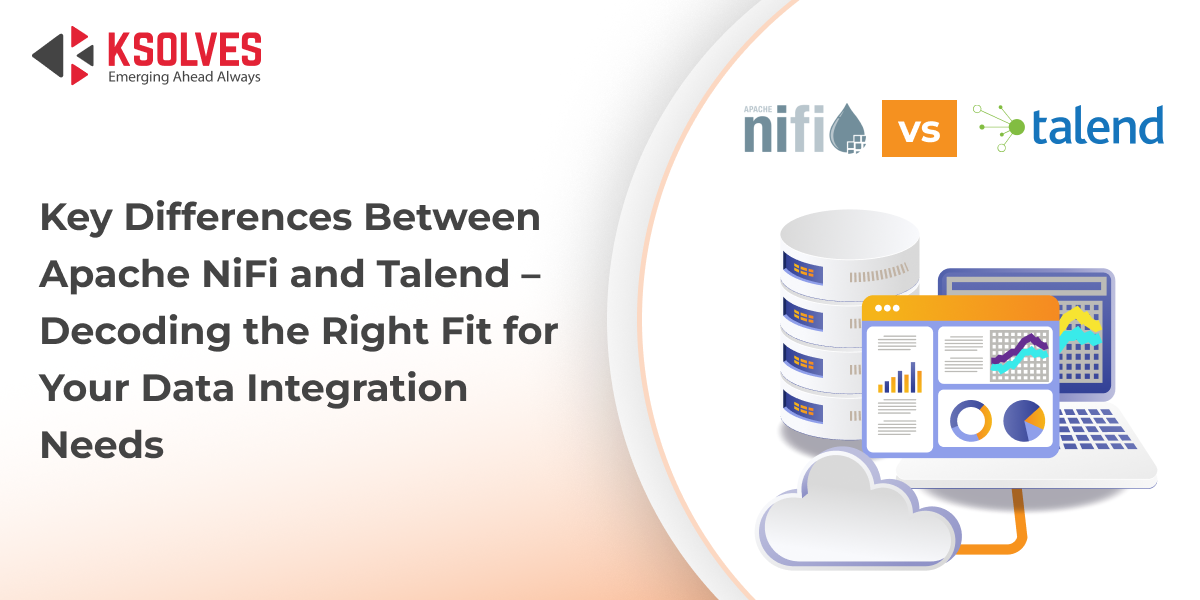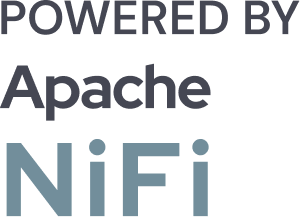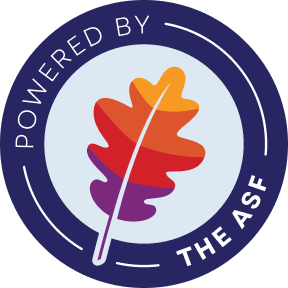Apache NiFi vs Talend – Choosing the Best Tool for Your Business
![]()

In today’s digital world, data doesn’t just sit still – it moves. Fast. From sensors to servers and APIs to analytics platforms, modern enterprises are grappling with a constant influx of data that needs to be captured, cleaned, transformed, and delivered – often in real time.
But here’s the catch: Not all data integration tools are created equal.
Some tools specialize in lightning-fast streaming. Others thrive in complex, multi-stage data transformations. Choosing the right one can be the difference between a system that flows like a symphony and one that grinds like a bottleneck.
Enter Apache NiFi and Talend – two of the most powerful names in the data integration space. Both are open-source. Both are robust. But they’re built for very different challenges.
Whether you’re building a real-time pipeline to handle IoT data from thousands of devices or migrating enterprise data to the cloud with strict governance, your choice of tool matters – and this guide is here to help.
Let’s break down what sets these two apart, what they do best, and which one might be the perfect fit for your next data-driven project.
Apache NiFi Overview
Apache NiFi is a powerful, open-source data integration tool specifically built to automate and manage the flow of data between systems in real time. Originally developed by the U.S. National Security Agency (NSA) under the project name “NiagaraFiles,” it was later donated to the Apache Software Foundation, where it evolved into a widely adopted solution for modern data movement challenges.
At its core, NiFi is designed around the concept of flow-based programming, enabling users to visually construct data flows using a drag-and-drop interface. These flows consist of interconnected processors that define how data is ingested, transformed, routed, and delivered across different systems.
However, deploying these NiFi data flows is still a challenge, as it requires complex and time-consuming manual steps. This manual approach ultimately results in human errors and operational inefficiencies.
The solution? – Data Flow Manager! It is a purpose-built tool for on-premise NiFi that lets users create, deploy, and promote NiFi data flows within minutes – all from a single interface.
Talend Overview
Talend is a robust, end-to-end data integration and data management platform designed to help organizations turn raw data into trusted, analytics-ready information. With both an open-source offering—Talend Open Studio—and a fully-featured enterprise suite known as Talend Data Fabric, the platform provides a comprehensive toolkit for data ingestion, transformation, quality assurance, governance, and orchestration.
Talend is widely known for its strong capabilities in traditional ETL (Extract, Transform, Load) and ELT (Extract, Load, Transform) processes, making it particularly suited for batch data processing in complex, enterprise-grade environments.
Apache NiFi vs Talend – A Detailed Comparison
| Parameters | Apache NiFi | Talend |
| Core Functionality | Designed for real-time data flow automation, routing, transformation, and mediation between systems using a flow-based programming model. | Primarily a data integration and ETL/ELT platform focused on transforming and consolidating structured data for analytics and reporting. |
| Architecture | Flow-based, visual programming with built-in queuing, backpressure, and data provenance. Distributed and scalable architecture for handling continuous flows. | Component-based architecture that builds ETL jobs using connectors and transformation components. Typically deployed on servers or cloud clusters. |
| Processing Style | Ideal for streaming and event-driven data pipelines; supports near real-time processing and asynchronous flow control. | Best suited for batch-oriented processing; processes large volumes of data in scheduled jobs or on-demand batches. |
| User Interface | Drag-and-drop web-based UI for creating and managing flow diagrams. Designed for simplicity and real-time visualization. | Drag-and-drop desktop-based interface (Talend Studio) with an Eclipse IDE feel; more development-oriented. |
| Data Handling | Handles structured, semi-structured, and unstructured data with ease. | Supports binary, JSON, XML, Avro, and more. Primarily focused on structured and semi-structured data, ideal for relational databases, flat files, and cloud data warehouses. |
| Extensibility | Highly extensible with support for numerous protocols (HTTP, FTP, Kafka, MQTT, JDBC, etc.) and can integrate with custom APIs. | Comes with hundreds of pre-built connectors for databases, SaaS apps, big data platforms, cloud services, and ERP systems. |
| Governance and Lineage | Strong data provenance tracking, allowing end-to-end visibility of each data object’s journey for debugging and compliance. | Offers metadata management, data cataloging, lineage tracking, and role-based access control in its enterprise edition. |
| Learning Curve | Relatively easier to adopt for operations teams due to its intuitive flow design and minimal coding. | Requires familiarity with ETL concepts and can involve a steeper learning curve, especially in complex use cases. |
| Typical Use Cases | Real-time log processing, IoT data ingestion, streaming analytics, protocol mediation, system-to-system integration. | Data warehousing, customer data integration, master data management, cloud migration, and analytics-ready transformations. |
Apache NiFi vs Talend – Key Features Overview
Apache NiFi Features
- Drag-and-drop canvas for data pipelines
- Real-time stream processing
- Stateless and stateful workflows
- Support for backpressure and prioritization
- Built-in content and metadata routing
- Full data provenance tracking
- Extensible with custom processors
Talend Features
- Full lifecycle data integration
- Integrated data quality, governance, MDM tools
- Job design with schema mapping
- Support for batch and streaming (via Talend Data Streams)
- Cloud-native deployments (Talend Cloud)
- Integration with Snowflake, Redshift, BigQuery, and more
- Built-in code generation (Java)
Apache NiFi vs Talend – Pros and Cons
Pros of Apache NiFi
- Superior for streaming and event-based data
- Intuitive and visual
- Easily scalable and extensible
- Strong real-time monitoring and tracing
Cons of Apache NiFi
- Not ideal for complex data transformation logic
- Less mature enterprise support compared to Talend
- UI may become cluttered with large data flows
Pros of Talend
- Excellent for complex ETL/ELT jobs
- Wide variety of connectors and components
- Strong governance and compliance capabilities
- Advanced data transformation and orchestration
Cons of Talend
- Costly for full-feature enterprise usage
- Can be resource-heavy for simple use cases
- Steeper learning curve for beginners
Apache NiFi vs Talend – Use Cases
Apache NiFi Use Cases
- Real-time IoT sensor data ingestion and processing
- Streaming analytics pipelines with Kafka
- Routing and filtering logs to data lakes
- Web scraping and content enrichment pipelines
- Dataflow orchestration across microservices
Talend Use Cases
- Enterprise data warehousing (Snowflake, Redshift)
- Complex ETL/ELT for finance or healthcare data
- GDPR and HIPAA-compliant data governance
- Cloud data migration (on-prem to AWS/GCP)
- Multi-source data quality enrichment
Which is Better – Apache NiFi or Talend?
The decision between Apache NiFi and Talend should be guided by your use case, data architecture, and team expertise.
Choose Apache NiFi if you:
- Have workloads that require real-time processing.
- Need simple to moderate data transformation.
- Are building a distributed data pipeline.
- Value visual pipeline design and stream-first architecture.
Choose Talend if you:
- Work with batch-oriented ETL/ELT processes.
- Need data quality, governance, and metadata management.
- Are building enterprise-grade data warehousing pipelines.
- Have complex transformation and cloud-native integration as priorities.
Conclusion
Both Apache NiFi and Talend are open-source ETL tools and offer powerful capabilities, but they shine in different arenas. NiFi is the go-to solution for flow-based, real-time data ingestion, while Talend offers a rich ecosystem for structured, large-scale batch processing and governance.
For organizations dealing with event-driven, streaming data pipelines, NiFi offers simplicity, scalability, and real-time capability. Meanwhile, if your data journey involves enterprise-wide governance, transformation, and complex orchestration, Talend might be your best bet.
Still unsure? Consider combining both – NiFi for real-time ingestion and Talend for downstream transformation and analytics!
![]()

